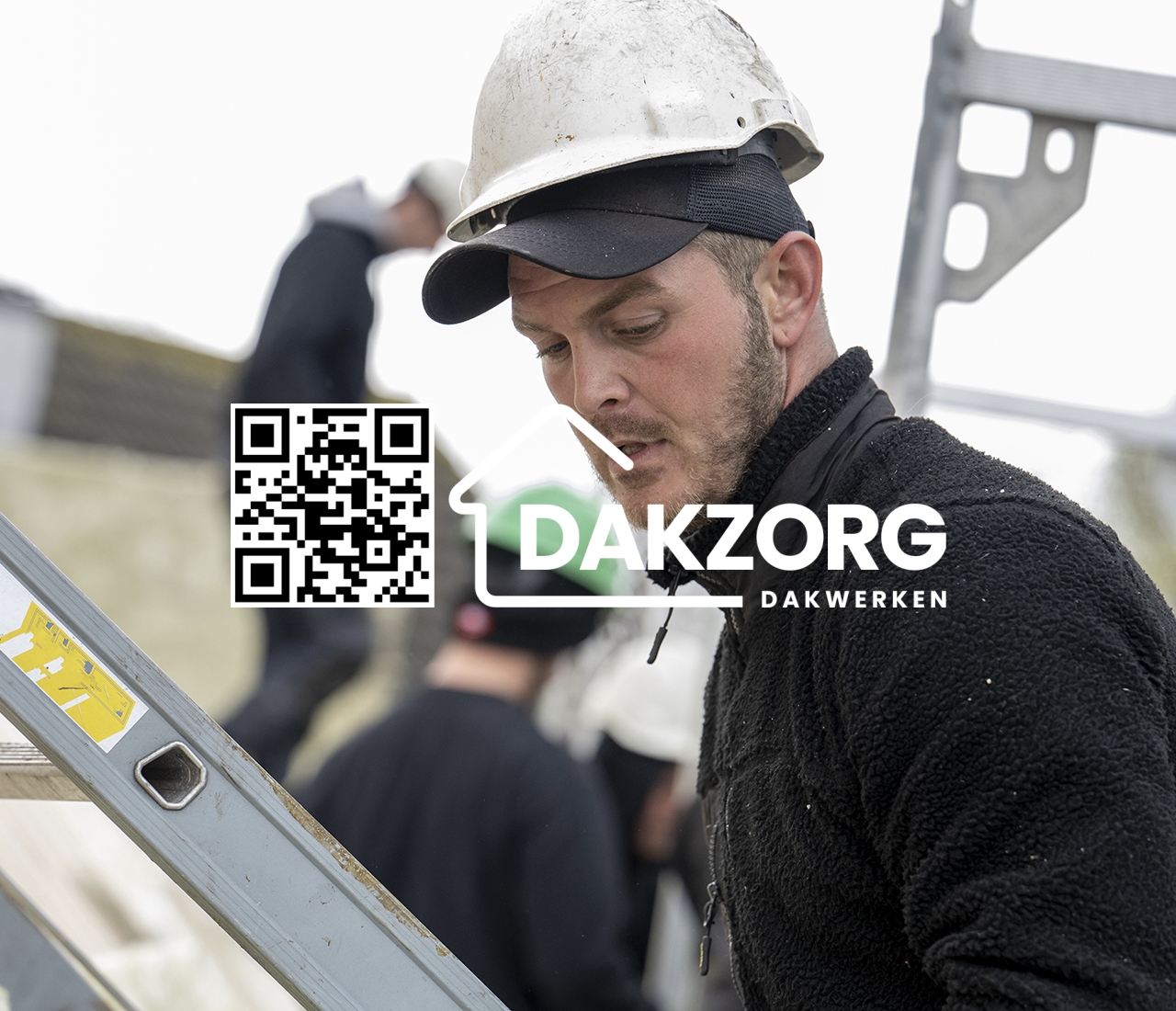Introduction
The sun shines generously on the Netherlands, making solar energy an increasingly viable option for homeowners looking to reduce their utility bills and carbon footprint. However, before you jump on the solar bandwagon, it’s crucial to understand the best practices for installing solar panels on your Dutch roof. In this comprehensive guide, we’ll explore everything from choosing the right location to understanding local regulations. So grab a cup of coffee and let’s dive into the world of solar energy!
The Best Practices for Installing Solar Panels on Your Dutch Roof
When considering solar panels for your home in the Netherlands, following best practices can ensure that you https://dakzorg.blob.core.windows.net/dakdekker/graetheide/id.html maximize efficiency while minimizing costs. Let’s break down these best practices into manageable sections.
Understanding Solar Panel Types
Before installation, it’s important to know the different types of solar panels available:
- Monocrystalline Panels: Known for their high efficiency and sleek appearance. They're made from a single crystal structure. Polycrystalline Panels: Slightly less efficient but often more affordable. They consist of multiple crystal structures. Thin-Film Panels: Lightweight and flexible but generally lower in efficiency compared to crystalline panels.
Choosing the right type depends on your roof's characteristics and personal preferences.
Evaluating Your Roof's Suitability
Not every roof is created equal when it comes to solar panel installation. Here are some factors to evaluate:
- Orientation: South-facing roofs are ideal as they receive maximum sunlight. Angle: A tilt of around 30 degrees is optimal for capturing sunlight efficiently in the Netherlands. Condition: Ensure your roof is in good shape before installing panels; repairing or replacing shingles later could be costly.
Calculating Energy Needs
Assessing your energy needs is crucial for determining how many panels you'll require. This can be done by:
Reviewing past electricity bills. Analyzing seasonal energy consumption patterns. Considering future increases in energy needs (e.g., electric vehicle charging).Understanding Local Regulations
Before installation begins, familiarize yourself with local zoning laws and building codes:
- Permits Required: Check if you need a permit to install solar panels in your area. Incentives Available: Investigate any tax credits or rebates offered by local authorities which may help offset installation costs.
Choosing a Reliable Installer
Selecting an experienced installer is paramount to successful installation. Look for:
- Certifications: Make sure they are certified by reputable organizations. Reviews: Check online reviews or ask neighbors about their experiences. Quotes: Get multiple quotes to compare prices and services offered.
Designing the Solar Array Layout
A well-planned solar array layout can significantly enhance system performance:
Determine optimal spacing between panels. Consider shading from trees or nearby buildings that might impede sunlight exposure. Utilize software tools or consult with your installer for precise layout planning.Selecting Quality Equipment
Investing in high-quality components will pay off in the long run:
- Choose durable mounting systems that withstand harsh weather conditions common in the Netherlands. Opt for high-efficiency inverter options as they convert DC electricity generated by panels into usable AC electricity effectively.
Installation Timing Matters
Timing can affect both cost and performance:

Financing Your Solar Panel Installation
Understanding how to finance your solar project can make it more accessible:
Upfront Costs vs Long-Term Savings
While initial costs can be significant, consider long-term savings through reduced electricity bills.
Loans and Grants Available
Research various financing options such as:
Government-backed loans Green energy grants Personal loansSolar Leasing vs Purchasing Outright
Weigh the pros and cons of leasing versus buying equipment outright based on financial situations and goals.
Maintenance Tips Post-Installation
To ensure longevity and efficiency, regular maintenance is key:
Regular Cleaning Schedule
Dust, debris, and snow can obstruct sunlight absorption — plan regular cleaning sessions accordingly.
Monitoring Performance
Set up monitoring systems to track energy production over time:
Use mobile applications provided by inverter manufacturers. Regularly check against expected output based on weather conditions.
FAQs About Installing Solar Panels
1. What permits do I need before installing solar panels?
Most municipalities require building permits; check local regulations before proceeding.
2. How much do solar panels cost?
Costs vary depending on system size but generally range from €4,000 to €12,000 before incentives.
3. Will my roof need reinforcement?
This depends on your existing roof's condition; consult with a professional installer for advice specific to your situation.
4. Can I install solar panels myself?
While DIY installations are possible, hiring professionals ensures safety and compliance with regulations.
5. How much money can I save with solar panels?
Savings depend on individual usage but many homeowners see reductions of up to 50% or more off their monthly bills!
6. What happens if my system generates too much power?
Excess power may be sold back to the grid through net metering programs; inquire about options available locally.

Conclusion
Installing solar panels on your Dutch roof is an investment that pays off not only financially but also environmentally! By adhering to best practices outlined above — from understanding local regulations to maintaining your system — you’ll position yourself for success in harnessing renewable energy right at home! As more homeowners embrace this sustainable technology, let's step into a greener future together!

So what do you think? Ready to take advantage of all that sunshine? Don't hesitate—start planning today!